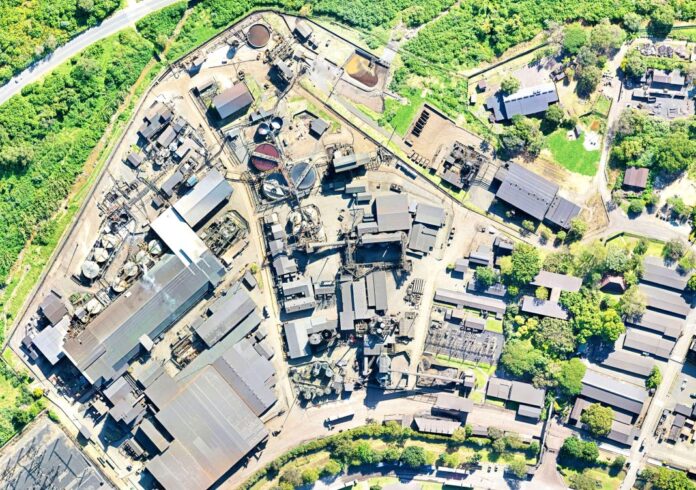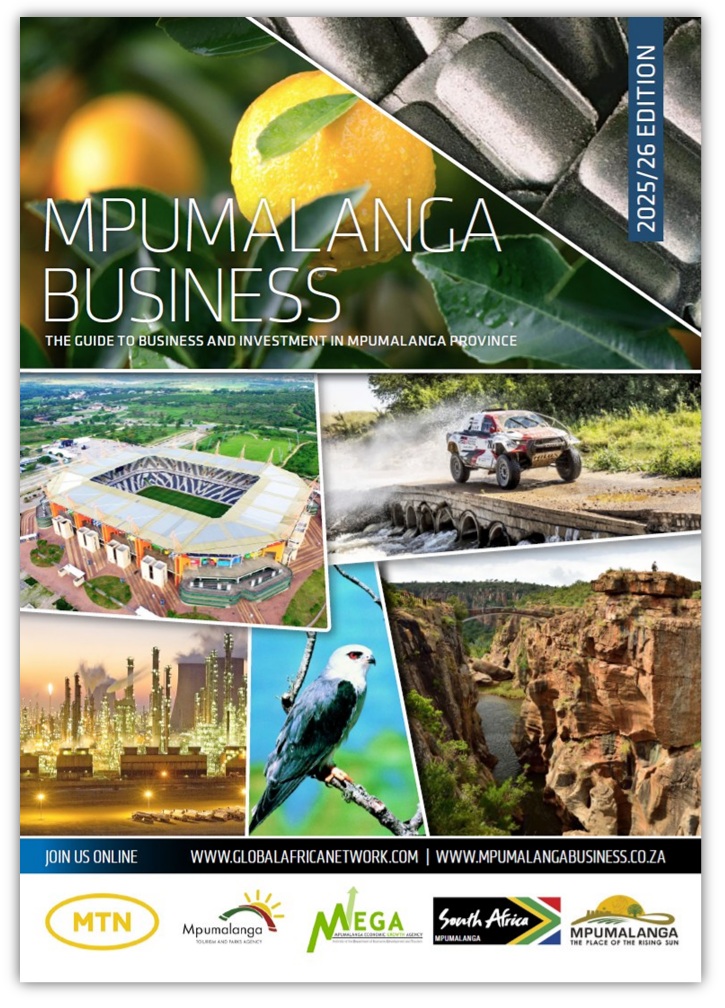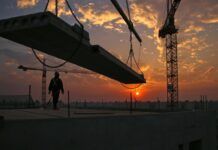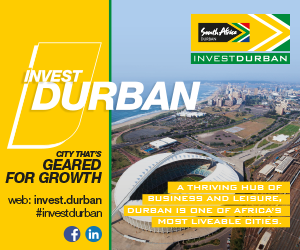By John Young
The internal investment by Manganese Metal Company (MMC) to enable it to produce the high-purity manganese sulphate monohydrate that is used in batteries for electric vehicles, is significant. Not just for the company and its more than 400 employees on its Mbombela site (pictured above), but for Mpumalanga and South Africa.
MMC has been a world leader in high-grade electrolytic manganese metal (EMM) for more than five decades and is currently the only facility outside of China to still be producing it. The R150-million investment in a new plant positions MMC to take advantage of a market that is growing, and which must keep growing if the world is to reach carbon-emission targets. Despite reduced enthusiasm in many parts of the world for more ambitious targets, the direction of travel is broadly towards a greener, more renewable future.
However, China seems to be striving for more renewable energy at the same time as producing more coal. In 2024 China began work on enough new coal-powered power plants to produce an additional 100GW, roughly the same amount as the total power capacity of the UK (The Economist). China is also far and away the largest contributor to wind and solar capacity, but the amount of coal and coal-generated power that it is producing is striking.
Something of that trend can be seen in Mpumalanga.
A Senior Technical Advisor at the South African Wind Energy Association, Santosh Sookgrim, recently wrote that, “Mpumalanga has the necessary infrastructure to ensure a smoother transition to the existing grid, with the adjacent land and existing grid connections from former coal plants of equivalent size making it an ideal location for renewable energy projects.”
And companies are acting on this scenario, but it is not what one might call a “pure transition”. Seriti Green is building a hybrid 900MW facility, the first phase of which will produce 155MW of wind energy – to power the coal mines of Seriti Resources. Coal is not going away, and although South Africa is part of a Just Energy Partnership, whereby US, EU and British money will flow to this country to help it transition away from coal, the whole procedure of closing down coal-fired power plants has slowed.
The decommissioning of Komati power station was not handled well in 2022, according to the Presidential Climate Commission. Better procedures and steps to ensure the livelihoods of adjacent communities will be top of mind in 2030, the new date for the closure of the power stations at Camden, Grootvlei, Hendrina and Kriel.
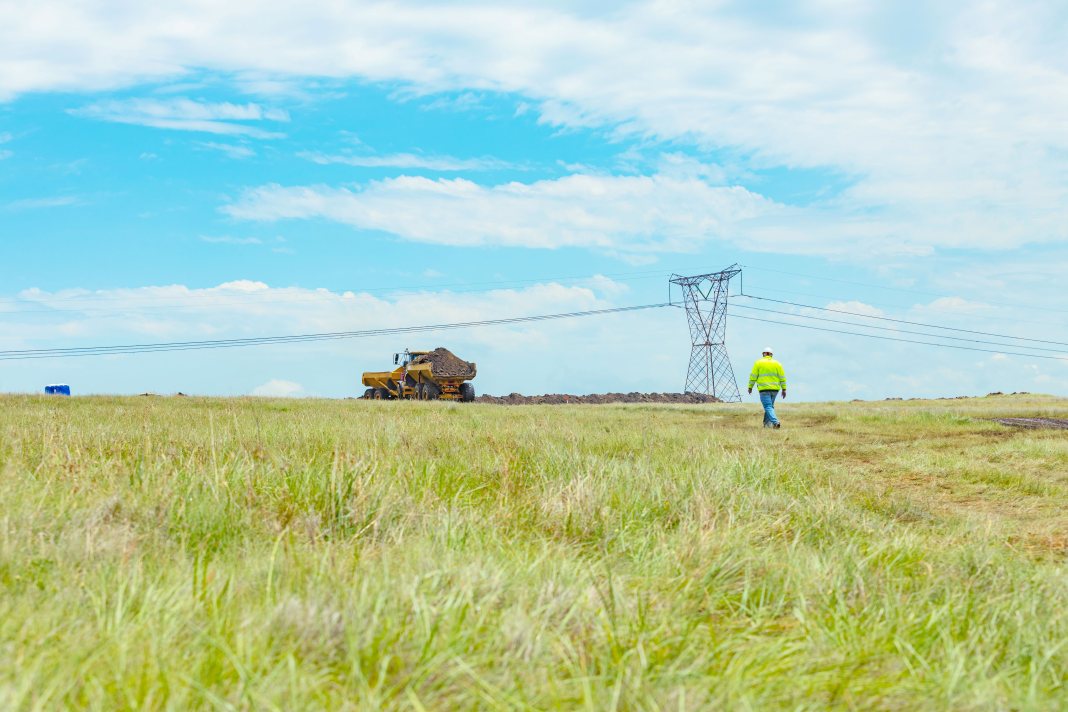
The Mpumalanga Green Cluster Agency aims to bring together government, academia and industry to create the environment for businesses to develop in a green economy. The Cluster, a body of the Mpumalanga Department of Economic Development and Tourism, was initiated with the support of GreenCape and the Deutsche Gesellschaft für Internationale Zusammenarbeit (GIZ). It has joined the International Cleantech Network, a group that has 15 000 businesses affiliated to it across the globe.
Investment ready
Mpumalanga is attracting investments in a range of sectors, quite apart from the MMC investment in its own future and Seriti Green’s huge renewable-energy play.
The 2025 Mpumalanga Investment Conference showcases the province’s readiness for foreign and domestic investment in a number of sectors including mining and energy, agriculture and agro-processing, forestry, manufacturing and beneficiation, tourism and green energy.
Radisson Hotels has recently invested in two new hotels in the province. The Radisson Safari Hotel Hoedspruit is ideally located in terms of access to the Kruger National Park and Radisson Hotel Middelburg will be located at the centre of a busy mining and business district. In the province’s southern section, PG Bison has invested R560-million in new equipment while Sappi’s giant mill at Ngodwana annually contributes about R5-billion to the local economy.
The Provincial Government of Mpumalanga has set itself the target of facilitating domestic and foreign investment of at least R50-billion into the province.
The International Fresh Produce Market in Nelspruit is intended to begin operations in 2025. This large facility will take advantage of Mpumalanga’s rich agricultural produce and hopefully attract investors in areas such as refrigeration, warehousing and logistics. Countries such as Oman and China have been approached with regard to their being trading partners and potential new markets.
Another potential site for investment is the Nkomazi SEZ (Special Economic Zone). National government has granted the province the designation to establish the SEZ which will cover 673ha and focus on agro-processing. Situated as it is within the Maputo Corridor and close to Mozambique and Swaziland, the SEZ will attract tax breaks and incentives. Other targeted sectors are logistics, automotive and renewable energy.
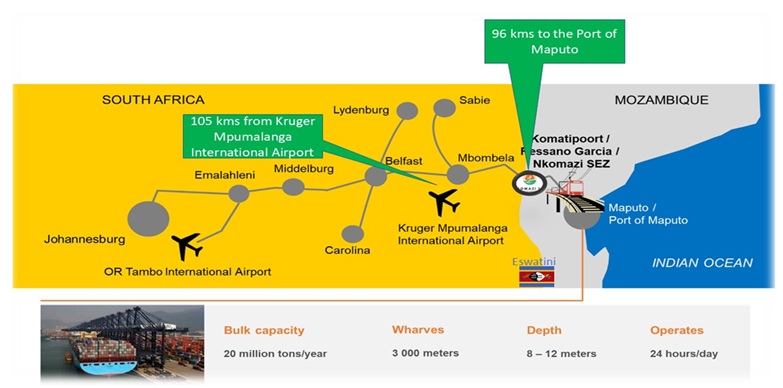
Stainless steel, gold, chemicals, dairy and beef, agriculture in many varieties, huge forestry plantations and processing plants – these are also distinctive characteristics of the “Place of the Rising Sun”.
Mpumalanga is also the province where six of the nine gates are located that allow access to the Kruger National Park, one of South Africa’s greatest tourism assets. The tourism sector is one of the key strengths of the provincial economy. Several infrastructure investment projects in the tourism sector have been put forward by the Mpumalanga Economic Growth Agency (MEGA).
MEGA is an equity investor in several Mpumalanga concerns, including Afrimat, Highveld Fruit Packers, Kangwane Anthracite, Loopspruit Winery and Tekwane Lemon Farm.
A major concern for provincial planners is to diversify the economy and to grow the manufacturing sector. The Mpumalanga Economic Growth and Development Path (MEGDP) identifies beneficiation, agro-processing and the development of value chains as priorities. Various industrial parks are planned which will focus on agriculture and forestry, mining and metals and petrochemicals.
Steel and associated manufacturing remains one of the province’s strong suits and Mpumalanga has rich and varied mineral resources and fertile soil that support diverse farming operations, agro-processing and forestry. The province also hosts large companies in the manufacturing sector such as Middelburg Ferrochrome and the MMC.
The province’s rich agricultural produce is used by companies such as McCain, Nestlé and PepsiCo and there are also pulp and paper plants (Sappi and Mondi). York Timbers and SAFCOL are other forestry companies and the sugar mills and refinery of RCL Foods (formerly TSB Sugar) along with fertilizer facilities and textile manufacturing concerns are all contributors to the provincial economy.
The southern half of the eastern limb of the platinum-rich Bushveld Igneous Complex runs south towards the towns of Lydenburg and Machadodorp. Deposits of chromite, magnetite and vanadium in this area are the basis of the ferro-alloy complex in Witbank-Middelburg and Lydenburg.
The town of eMalahleni is the centre of the coal industry. Other minerals found in the province include gold, platinum group minerals, chromite, zinc, cobalt, copper, iron and manganese. Middelburg is home to Columbus Stainless, South Africa’s only producer of stainless steel, and several big engineering works. It is about 130km from Pretoria and less than three hours’ drive from the Malelane Gate of the Kruger National Park.
The Kruger National Park remains the province’s most-visited asset but the decision by UNESCO to afford World Heritage Site status to the Makhonjwa Mountains near Barberton will boost geological tourism to the province and supports the efforts of the province to diversify its offerings.
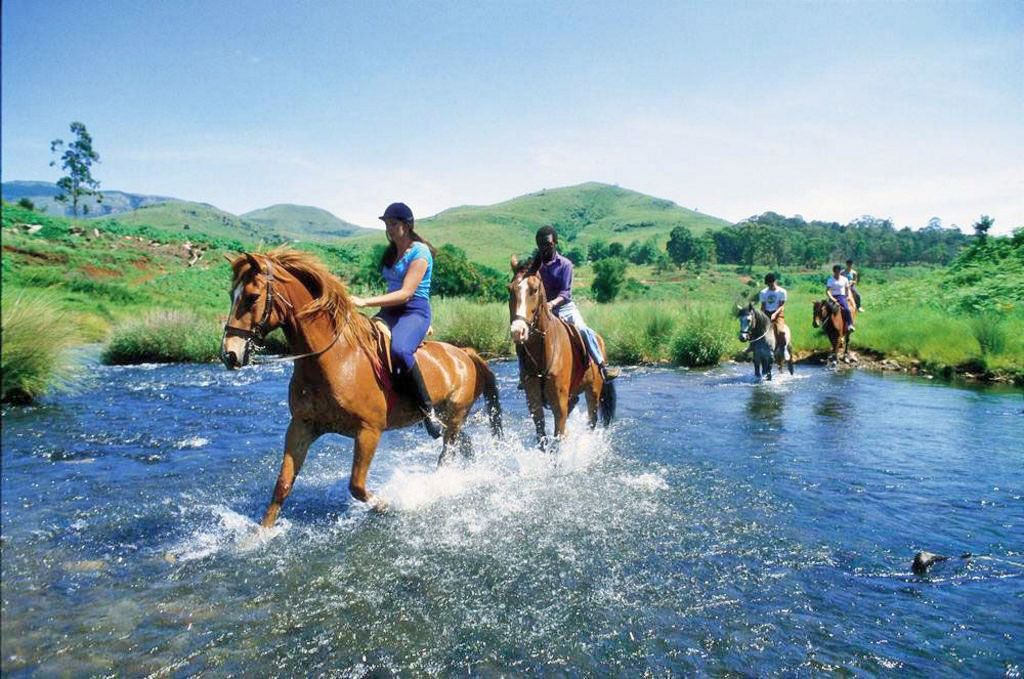
Major projects to improve tourist experiences are underway at the Graskop Gorge (where a transparent lift takes tourists into the depths of the gorge), a Skywalk is to be built at God’s Window and a cable car is planned. (Find out more)
The international body’s decision has also had the effect of expanding the curriculum at the University of Mpumalanga. On the basis of the UNESCO ruling, UMP has a new offering in geology as part of a BSc degree.
Mpumalanga Business 2025/26 edition
Read on and explore the 2025/26 edition of Mpumalanga Business, the premium business and investment guide to Mpumalanga Province:



